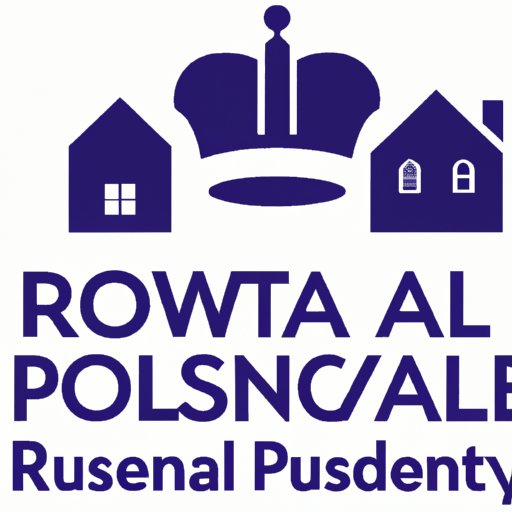
Introduction
The British Royal Family is one of the most well-known and wealthiest monarchies in the world. With an estimated net worth of over $88 billion, it’s natural to wonder how the Crown sustains its lavish lifestyle. In this comprehensive guide, we’ll explore the various revenue streams that make up the Royal Family’s income, including property, investments, the Crown Estate, the Royal brand, and official duties.
The Royal Family’s Property Portfolio
The Royal Family is the owner of a vast property portfolio, including castles, palaces, and estates, which are used for both personal and public purposes. The Queen’s official London residence, Buckingham Palace, is perhaps the most well-known of these properties, and it serves as the location for many significant royal ceremonies.
Revenue is generated from these properties in a variety of ways. For example, some of the properties are open to the public for tours, with the proceeds going towards the upkeep of the estate. Additionally, some of the properties are used as event spaces, with fees charged for hosting events such as weddings or conferences. Revenue is also generated from rent on properties leased out to third parties. For example, Prince Charles’s Duchy of Cornwall owns a large estate in Cornwall, which includes rental properties and agricultural land.
Revenue from the Crown Estate
The Crown Estate is a collection of lands and real estate properties that are owned by the British monarch in right of the crown. The estate’s total value is around $22 billion, and it generates annual revenue of approximately $500 million. The Crown Estate’s purpose is to generate revenue for the UK government, and the Royal Family receives 25% of the profits.
The Crown Estate generates revenue in a variety of ways, including leasing land to offshore wind farms, collecting rent from commercial properties, and managing a vast portfolio of retail and leisure properties throughout the UK. The Crown Estate is managed by an independent organization, and profits from the estate go directly to the Treasury, which uses them to fund public services across the UK.
The Queen’s Personal Investments
In addition to her properties and revenue from the Crown Estate, the Queen has her own personal investments that contribute to her overall net worth. The Queen has invested in a variety of assets, including stocks, bonds, and real estate. Her stock portfolio includes investments in companies such as BMW, BP, and Rio Tinto. Her real estate portfolio includes commercial properties in London’s West End and Windsor, as well as a stud farm in Sandringham.
The Queen’s investments are managed by the Royal Household’s financial advisors, and the returns on these investments contribute to the monarch’s overall net worth.
The Royal Brand
The British Royal Family’s brand is one of the most recognizable in the world, and it generates significant revenue from a variety of products and services associated with the Royal Family. Souvenirs and memorabilia, including tea towels, mugs, and keychains, are sold in gift shops throughout the UK and on online marketplaces such as Amazon and Etsy. Revenue is also generated through licensing agreements for products such as jewelry, perfume, and memorabilia.
The Royal Family’s brand is also utilized in the tourism industry, with visitors from all over the world flocking to see the various properties owned by the Crown. For example, Edinburgh Castle, which is owned by the Crown, receives over 2 million visitors each year.
Income from Official Duties and Public Appearances
The Royal Family’s official duties, such as attending state occasions and hosting foreign dignitaries, are financially compensated by the UK government. The Royal Family also receives income from the Duchy of Lancaster, which is a private estate that provides income for the monarch in her role as the Duke of Lancaster.
Additionally, individual members of the Royal Family earn income from public appearances and paid speaking engagements. They may also earn income from private business ventures such as books or charity work.
Conclusion
The Royal Family’s wealth comes from a variety of sources, including property ownership, investments, and official duties. By exploring these various revenue streams, we can learn a great deal about the business practices of the British monarchy, including their diversified approach to wealth generation.
Readers can learn from the Royal Family’s financial practices by adopting a similar diversified approach to their own investments and properties. Finally, we encourage readers to engage with the Royal Family’s brand and properties, both as a source of entertainment and as a way to support one of the world’s most iconic institutions.





